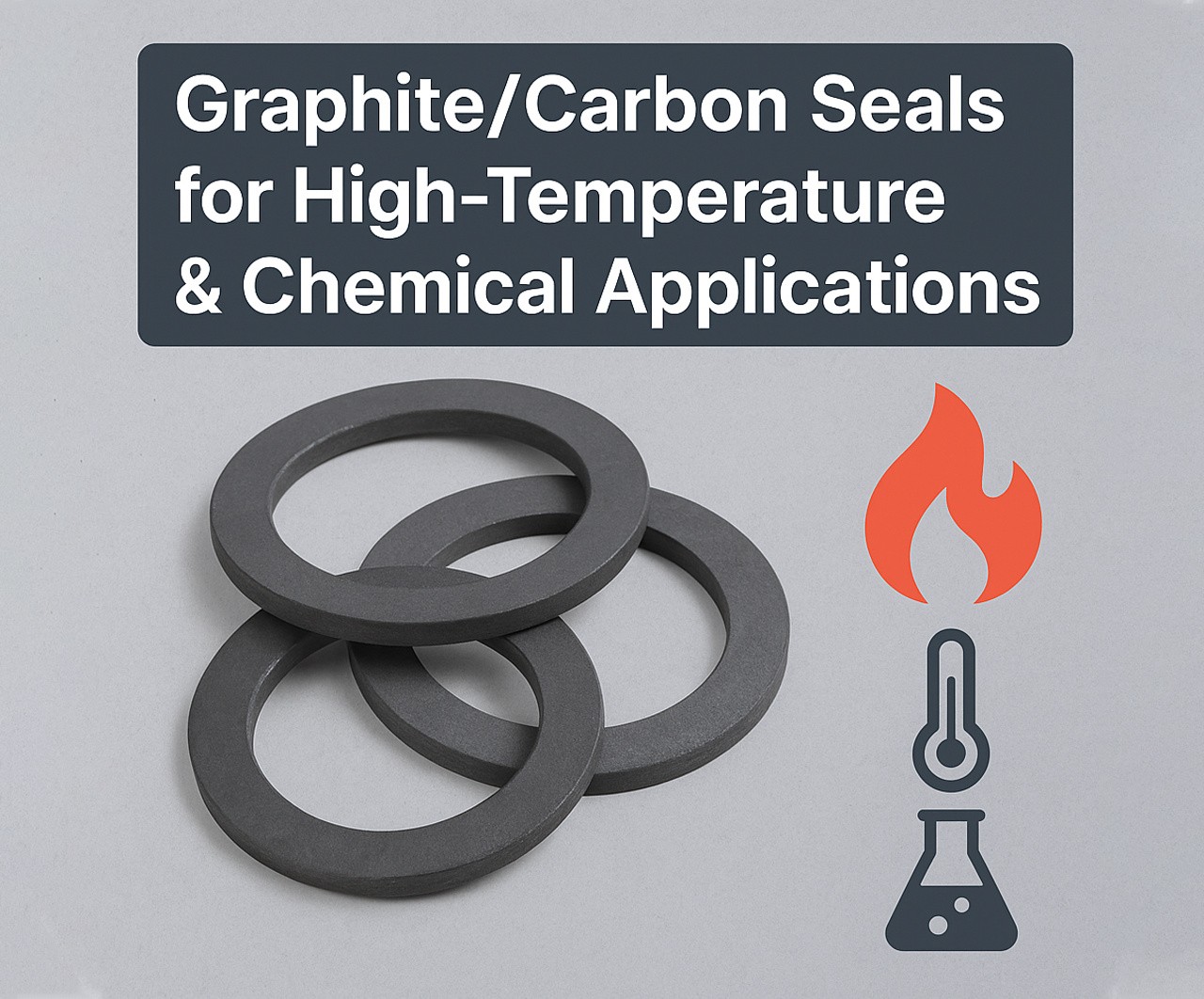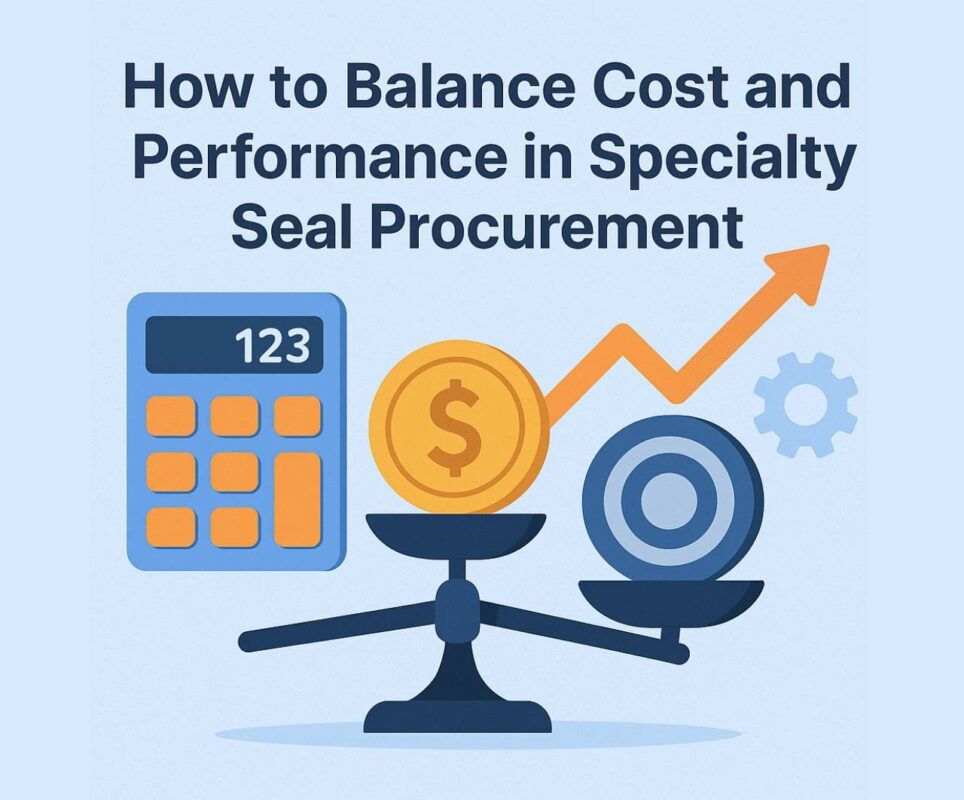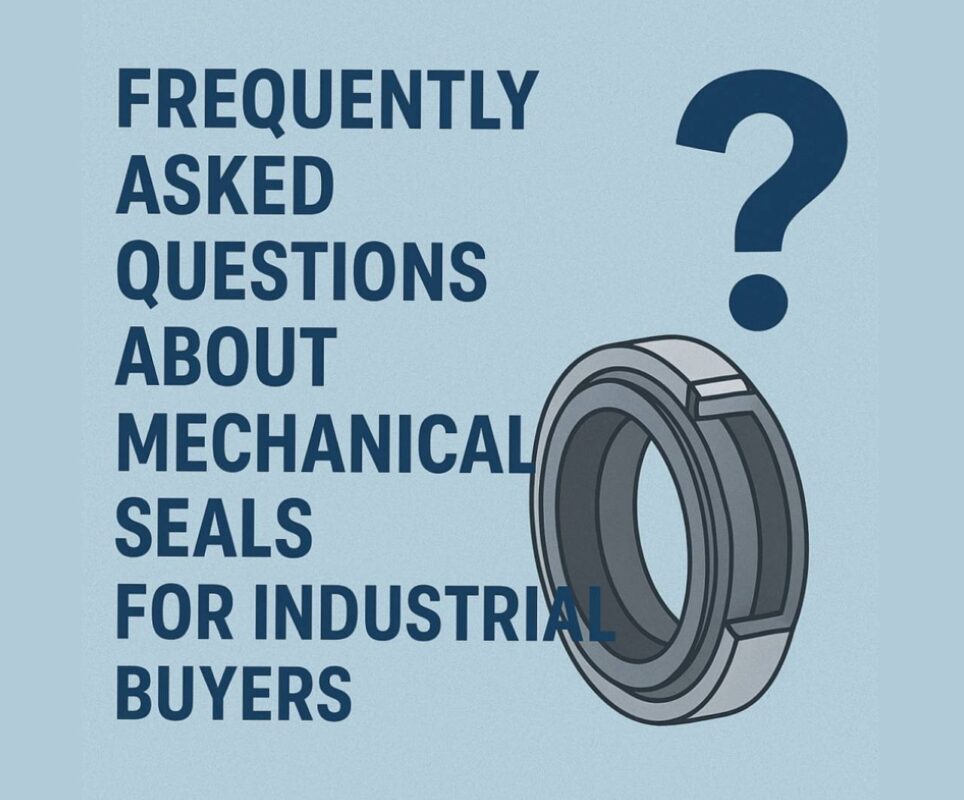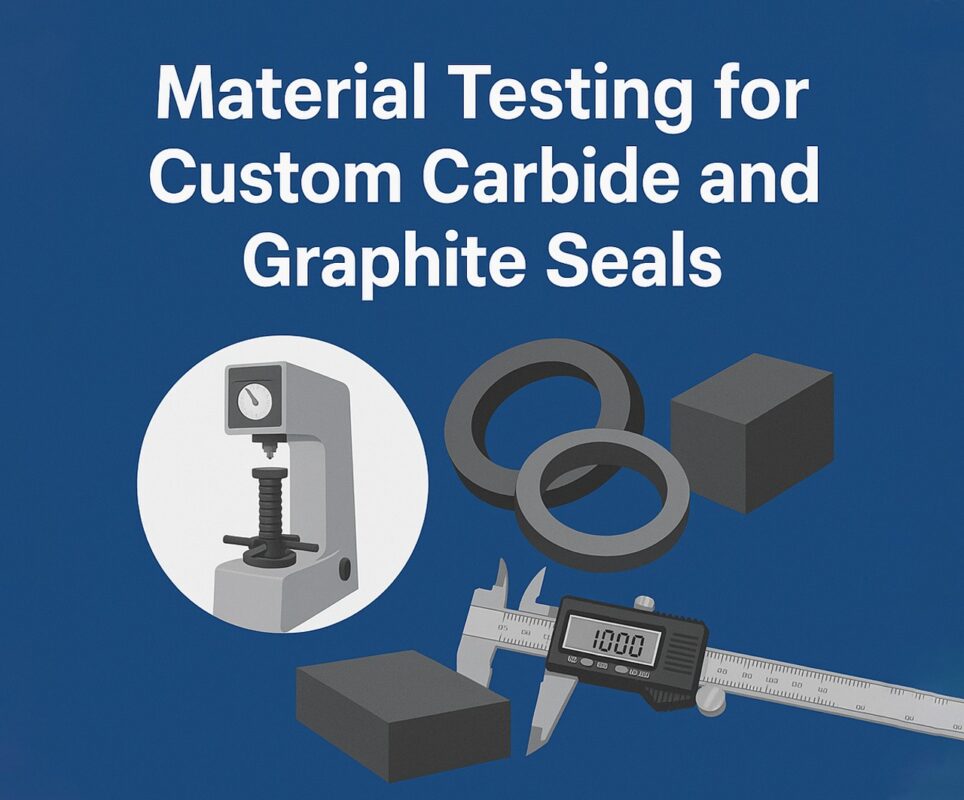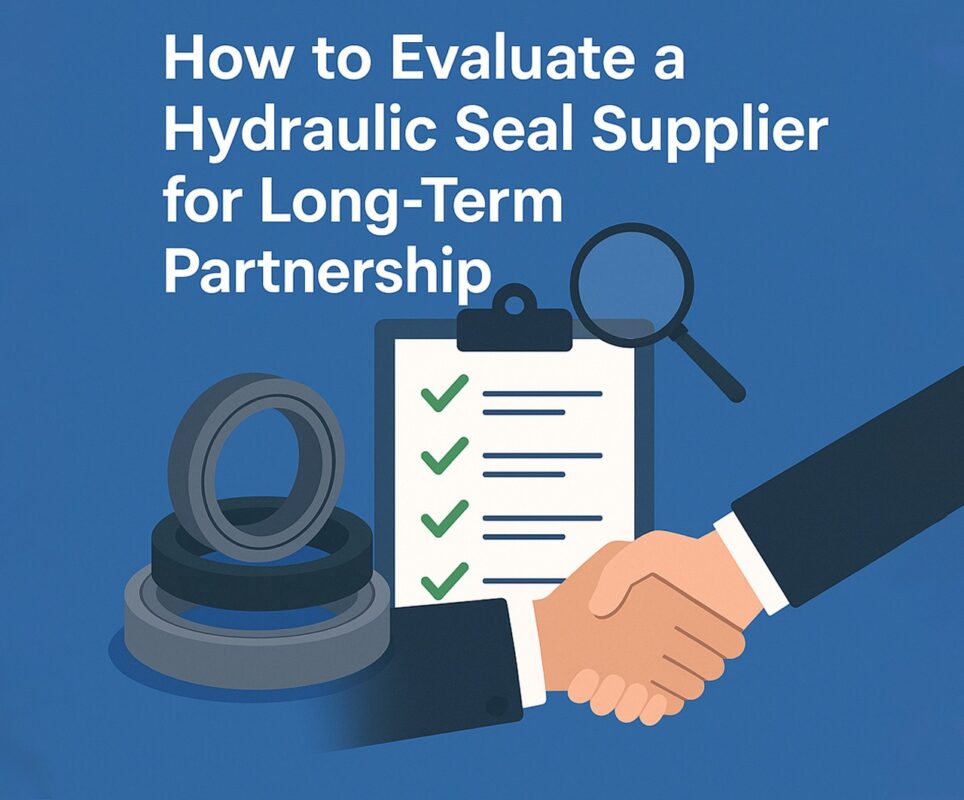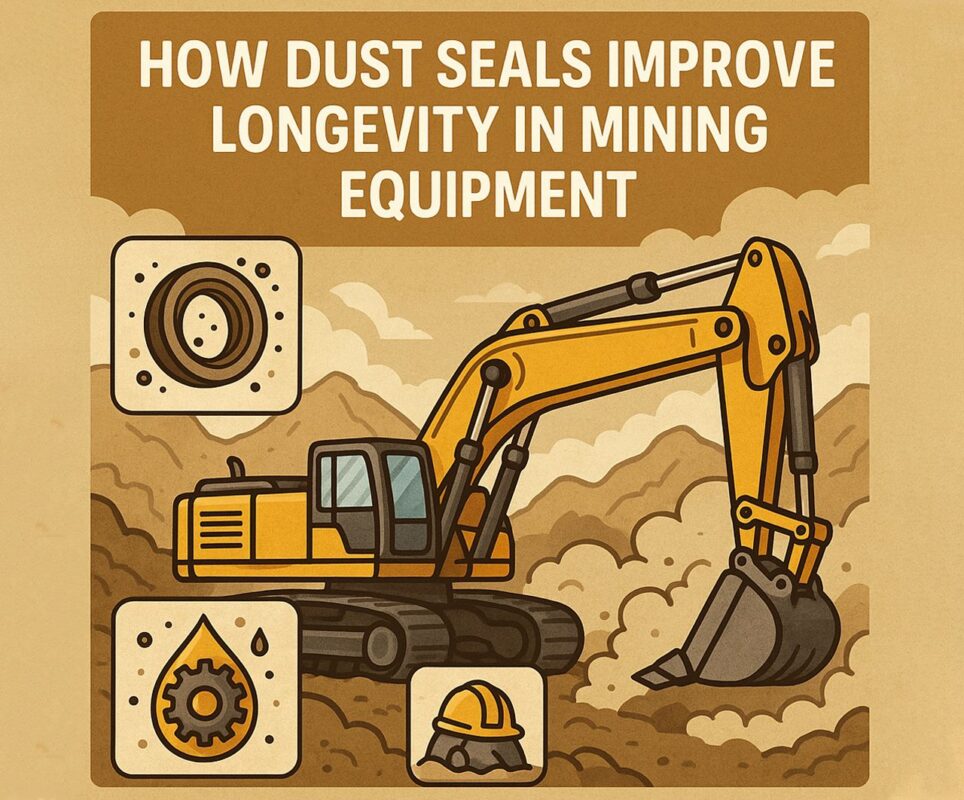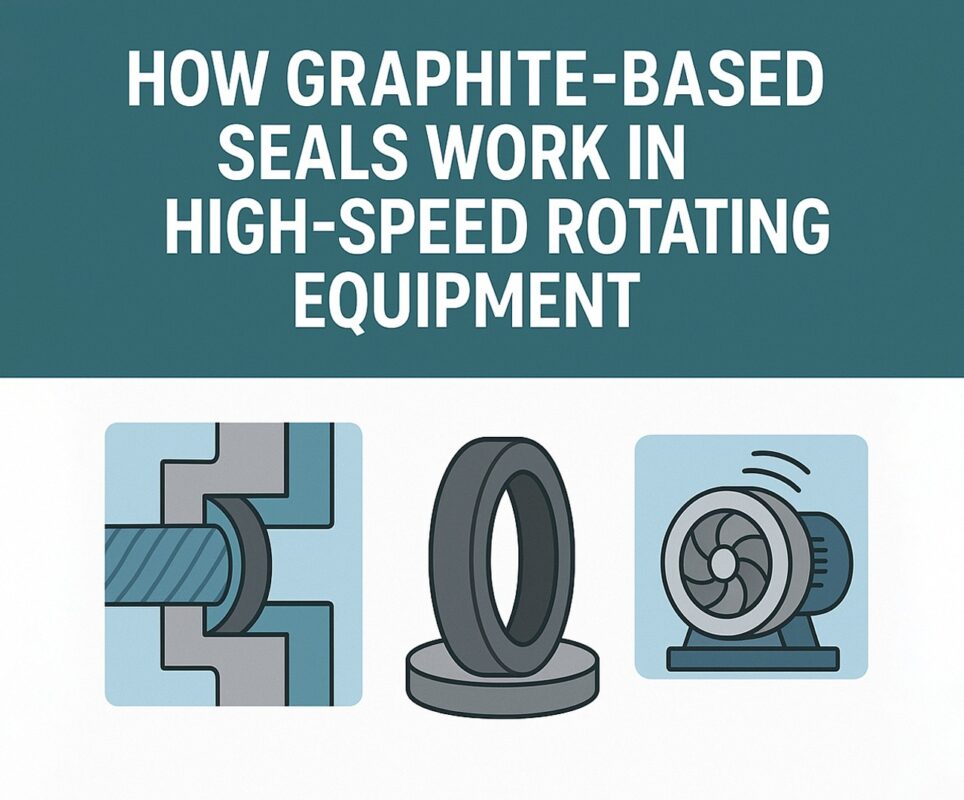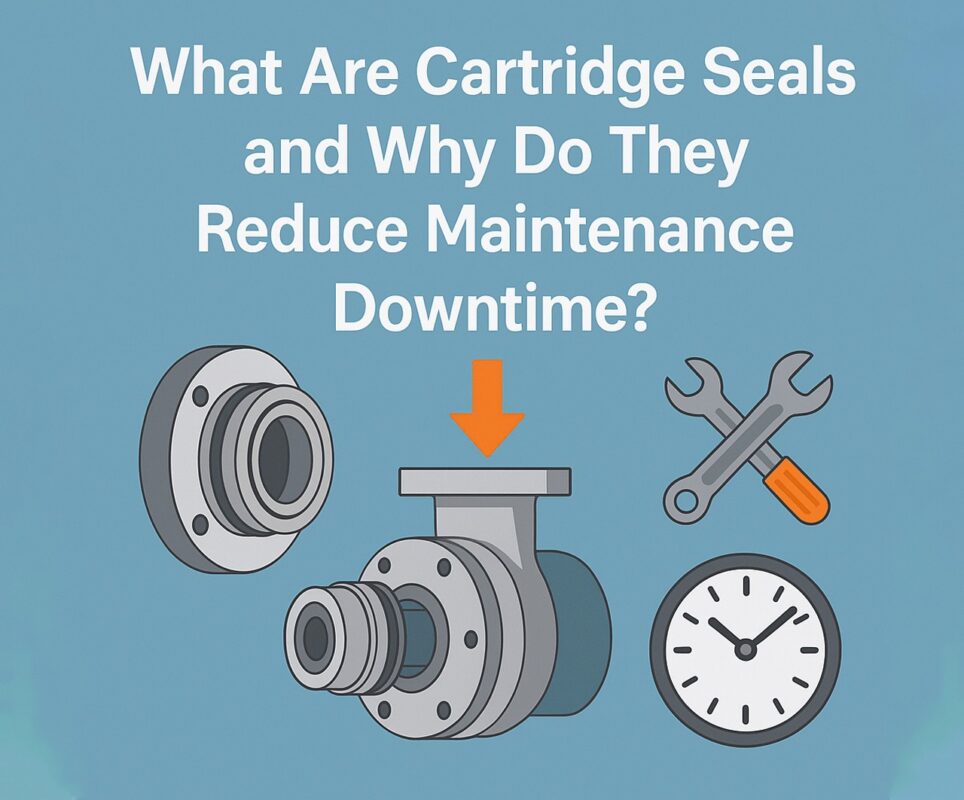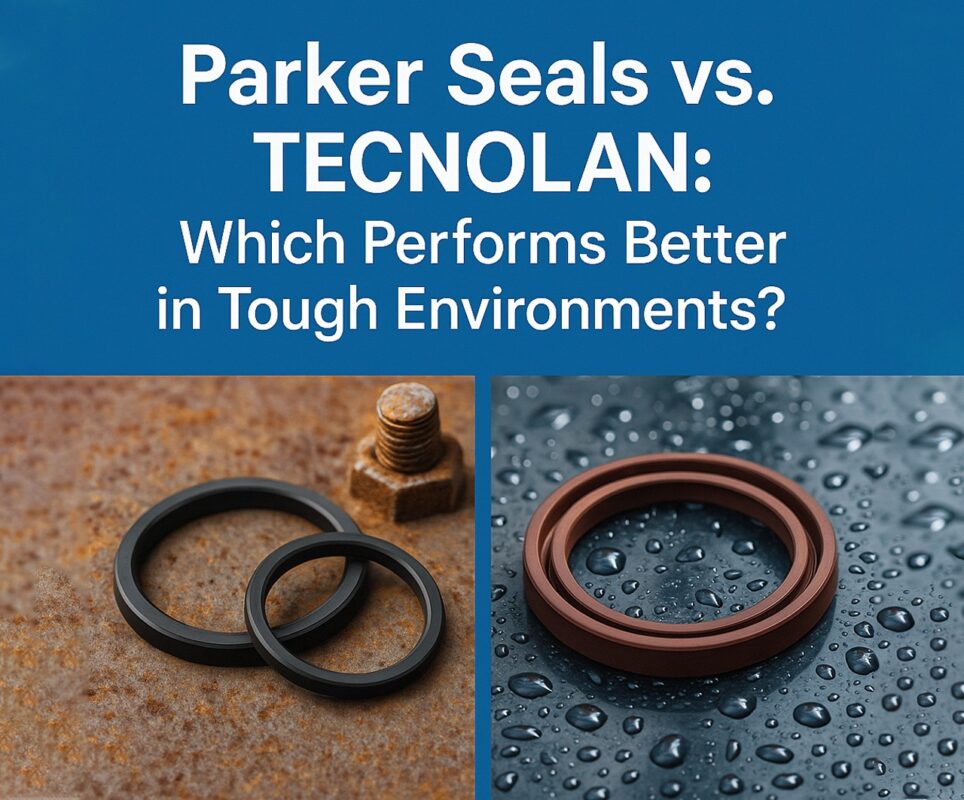When it comes to sealing solutions in harsh environments, few materials perform as well as seal graphite, graphite mechanical seal, and carbon seals. From chemical processing plants to high-temperature furnaces and aggressive industrial systems, these materials have become essential for their durability, chemical resistance, and thermal stability. As industrial demands continue to increase, engineers and maintenance teams are turning more frequently to graphite and carbon-based sealing technologies to ensure reliable performance under the most extreme conditions. Know more..
Why Graphite and Carbon Are Ideal for Extreme Environments
The fundamental strength of seal graphite and carbon seals lies in their molecular structure. Graphite, a crystalline form of carbon, possesses a layered lattice that gives it self-lubricating properties and resistance to thermal degradation. This makes it exceptionally useful in high-friction, high-temperature, and chemically reactive environments.
A graphite mechanical seal, in particular, offers high compressibility and low friction, which helps reduce wear over long periods. These seals also have excellent resilience in corrosive fluids, making them a reliable option in sectors like oil refining, pharmaceuticals, and wastewater treatment.
Applications That Demand Carbon and Graphite Seals
These seals are found in a wide array of industries, including:
- Petrochemical plants: Where volatile hydrocarbons require high-integrity sealing solutions.
- Power generation: In steam turbines and heat exchangers.
- Aerospace: Where high temperature and reliability are non-negotiable.
- Food processing: Where cleanliness, resistance to cleaning agents, and consistent sealing are critical.
- Metallurgy and steel production: Environments where temperatures can soar above 1000°C.
In each of these sectors, a graphite mechanical seal or carbon seals maintain tight tolerances even under aggressive thermal cycling and mechanical stress.
Key Properties of Graphite and Carbon Seals
- Thermal Resistance: Withstands temperatures exceeding 500°C in oxidizing environments and up to 3000°C in inert conditions.
- Chemical Inertness: Highly resistant to most acids, alkalis, and solvents.
- Self-Lubrication: Reduces wear and eliminates the need for additional lubrication.
- Dimensional Stability: Maintains form under fluctuating pressure and temperature.
- Electrical Conductivity: A unique feature beneficial in specific electronic or electrochemical applications.
These qualities make seal graphite an indispensable material in high-performance sealing scenarios.
Types of Graphite/Carbon Seals
1. Graphite Mechanical Seals
Typically used in pumps, agitators, and compressors, a graphite mechanical seal ensures a tight, leak-free fit in rotating equipment. The graphite component may serve as the mating ring or the primary sealing element, offering superior heat dissipation and wear resistance.
2. Carbon Shaft Seals
Carbon seals are often used in applications requiring dry running or minimal lubrication. They’re common in vacuum systems and fuel systems in aerospace and automotive sectors.
3. Braided Graphite Seals
These are compressible rope-like seals often wrapped around valves or stuffing boxes. They offer excellent sealing even in slightly damaged or worn housings.
4. Carbon Ring Seals
A type of face seal made from carbon, used for sealing gases in rotating equipment where other materials would degrade too quickly.
Creative Engineering Use Cases
Innovation in seal graphite technology is expanding its utility. Here are a few creative and high-performance use cases:
- Hydrogen fuel processing: Where chemical purity and extreme temperatures demand flawless sealing.
- Solar panel manufacturing: Where vacuum and heat stability are essential.
- Cryogenic applications: Some specially engineered carbon seals can also handle extreme cold without cracking or deforming.
These niche applications highlight the flexibility and forward compatibility of graphite and carbon-based seals.
How to Select the Right Seal Material
When choosing between seal graphite, graphite mechanical seal, and other carbon seals, consider the following:
- Operating Temperature: Will the environment exceed 400°C? Choose graphite.
- Chemical Compatibility: Consult chemical resistance charts for your process fluids.
- Mechanical Load: Is there significant vibration or pressure cycling? Consider reinforced or composite graphite seals.
- Dry vs. Wet Operation: Carbon is better for dry or low-lubrication scenarios.
- Seal Geometry: Customized seal shapes may require molded carbon or pressed graphite.
Installation Tips and Best Practices
A high-performance seal only works if it’s installed correctly. Follow these guidelines:
- Surface Preparation: Ensure mating surfaces are clean, flat, and within tolerance.
- Avoid Over-Tightening: Graphite is brittle under compressive stress. Use torque specs.
- Check Alignment: Misalignment leads to uneven wear and shortens seal life.
- Thermal Expansion Considerations: Allow for expansion when clamping graphite seals.
Improper handling during installation is one of the most common reasons graphite mechanical seal systems fail prematurely.
Maintenance and Monitoring
To extend the life of your carbon seals or seal graphite components:
- Perform Regular Inspections: Look for signs of cracking, flaking, or leakage.
- Replace Before Failure: Graphite seals often give subtle signs before total failure.
- Use Condition Monitoring Tools: Infrared thermography and acoustic sensors can help identify issues early.
Recent Advances in Graphite/Carbon Seal Technology
Graphite and carbon sealing materials are being enhanced in several exciting ways:
- Impregnated Graphite: Infused with resins or metals for higher strength and reduced porosity.
- Flexible Graphite Foils: Used in dynamic seals and gaskets where adaptability is crucial.
- Hybrid Composites: Combine graphite with ceramic or polymer for specialized needs.
- Graphene-enhanced Carbon Seals: Offering even higher thermal conductivity and mechanical strength.
As industries push for greater efficiency and performance, these advanced materials are opening new doors for graphite mechanical seal applications.
Environmental and Sustainability Factors
The durability of seal graphite means fewer replacements and less waste. In sectors that require sustainable practices, long-life seals are a logical choice. Additionally:
- Non-toxic Composition: Carbon and graphite are safer than many synthetic polymers.
- Recyclable Materials: Some grades of carbon seals can be reprocessed.
- Reduced Need for Lubricants: Less environmental contamination in operation.
Troubleshooting Common Issues
Even the best carbon seals can experience problems. Here’s how to spot and fix them:
- Leakage: Usually caused by improper installation or thermal cycling.
- Fracturing: Often the result of overtightening or shock loading.
- Rapid Wear: Could signal chemical incompatibility or misalignment.
- laking or Chipping: Indicates brittleness—possibly due to incorrect material selection.
Diagnosing and addressing these issues promptly can prevent full system shutdowns.
Conclusion
From harsh chemical processing plants to aerospace systems operating in high thermal stress, seal graphite, graphite mechanical seal, and carbon seals have earned their place as the go-to materials for demanding sealing applications. Their unique blend of thermal resilience, chemical resistance, and self-lubricating performance makes them indispensable across a wide spectrum of industries.
By understanding their properties, proper installation techniques, and maintenance needs, engineers can unlock the full potential of these high-performance seals. As technology continues to evolve, so too will the role of graphite and carbon in building the next generation of durable, efficient, and environmentally responsible sealing solutions.

